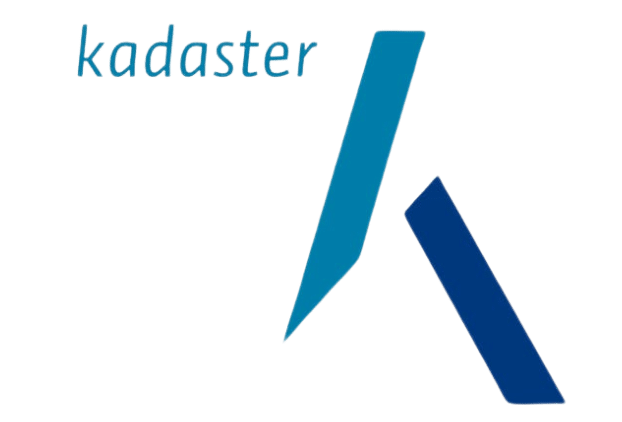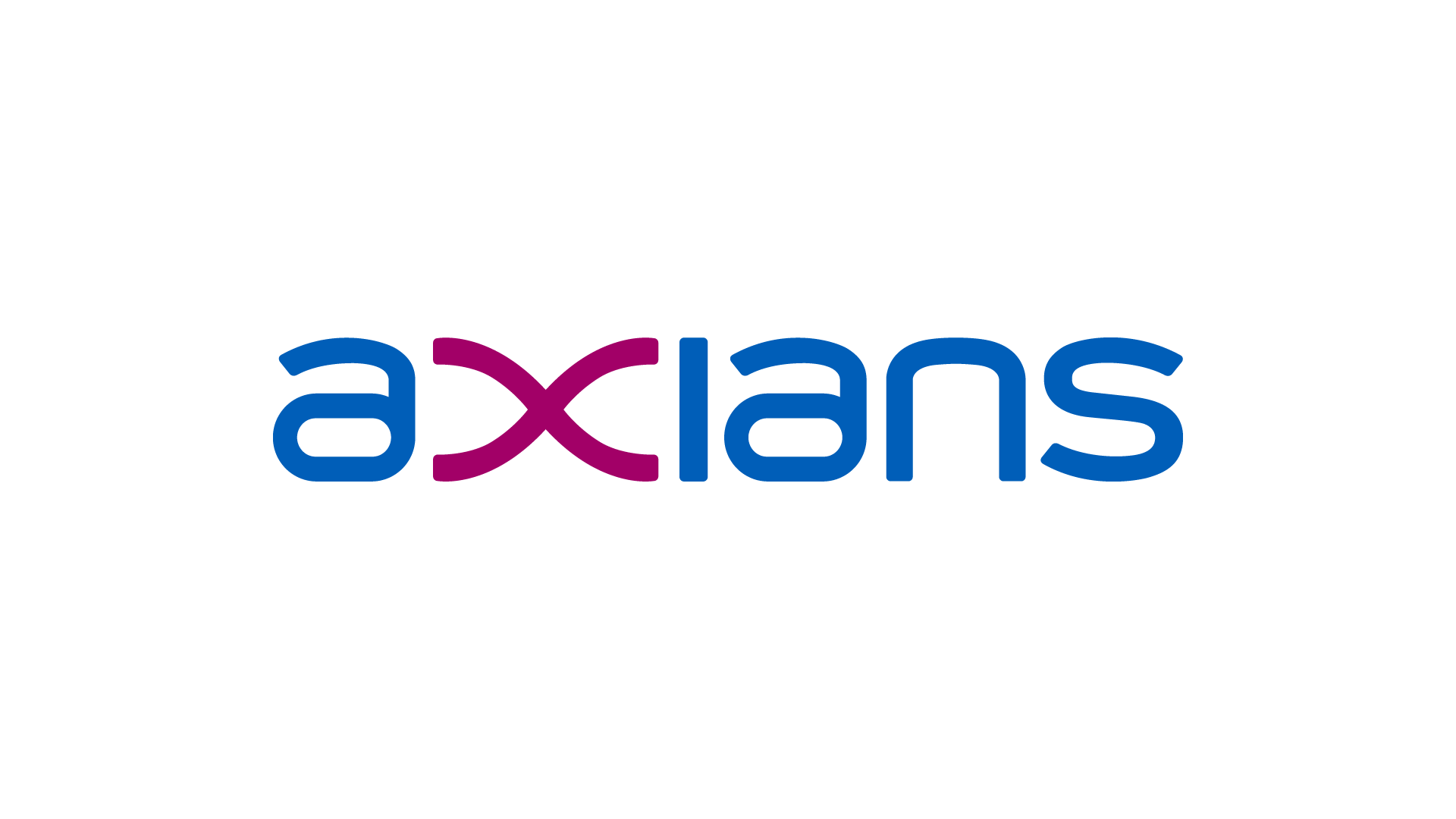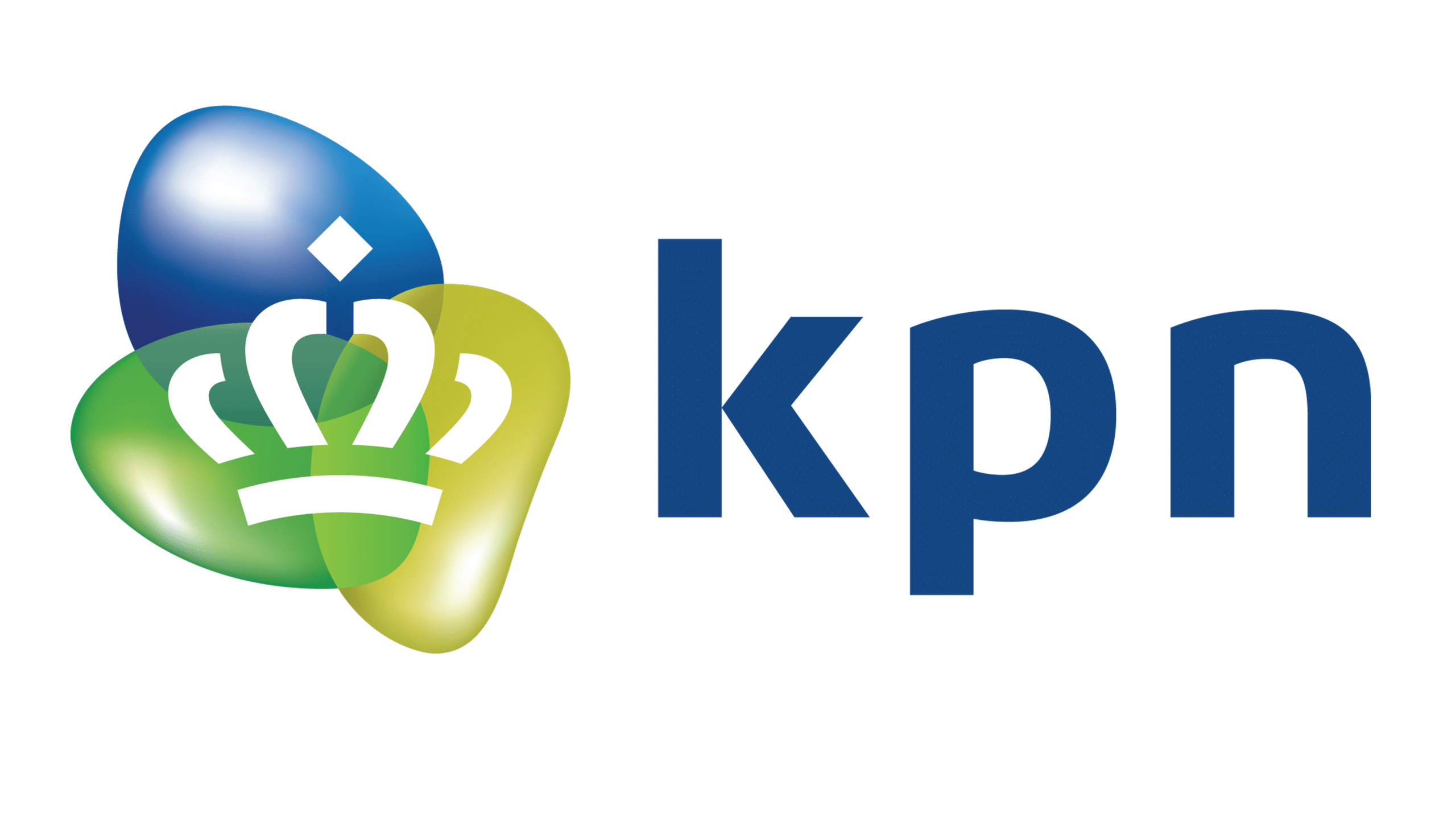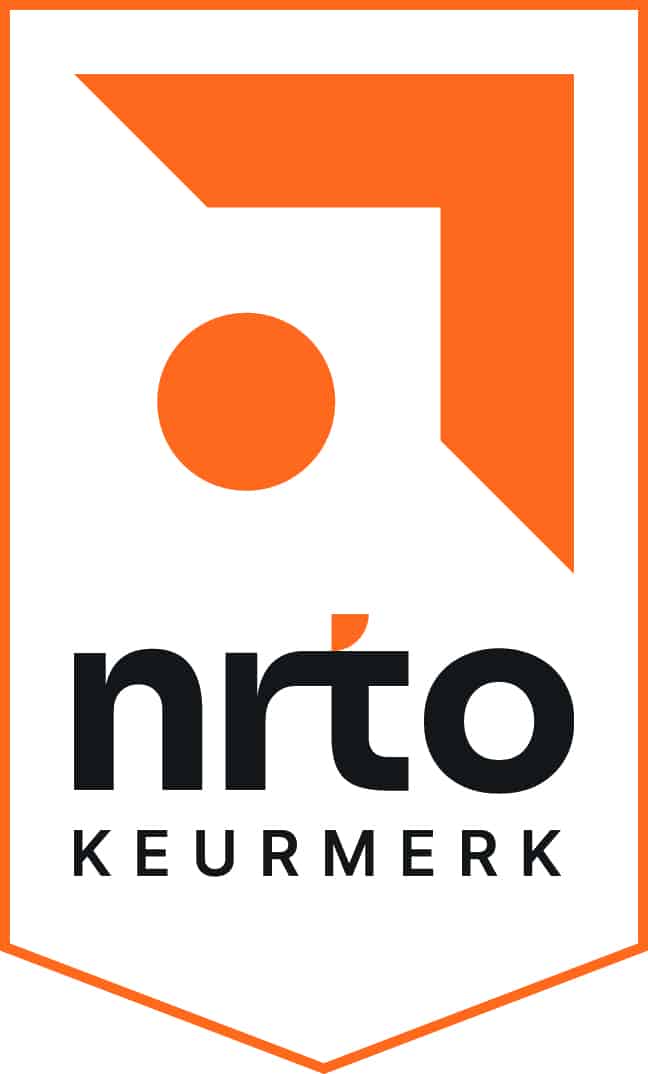Algemene omschrijving
The AZ-700 E-Learning is entirely in English. As a Dutch IT training provider, we offer the information on this page in Dutch. At the bottom of the page, you will find a brief summary in English. The topics within the AZ-700 E-Learning package itself are described in English.
De AZ-700 E-Learning biedt netwerkbeheerders een uitgebreide leerervaring in het ontwerpen, implementeren en beheren van netwerkinfrastructuren binnen Microsoft Azure. Met toegang tot het AZ-700 cursusmateriaal, een interactieve labomgeving (die 180 dagen toegankelijk is), een AZ-700 oefenexamen en een AZ-700 examenvoucher krijg jij alle middelen om jouw kennis en vaardigheden uit te breiden.
Door de AZ-700 E-Learning door te nemen, zul je leren hoe jij betrouwbare en veilige netwerkinfrastructuren kunt ontwerpen en implementeren. Je zult expertise verkrijgen in hybride netwerken, netwerkroutering, load balancing, privétoegang tot Azure-services en het monitoren van netwerkprestaties. Doordat er in de AZ-700 E-Learning alle belangrijke aspecten van Azure Networking worden behandeld, zul je in staat zijn om complexe netwerkoplossingen binnen Microsoft Azure-omgevingen te realiseren.
Met de AZ-700 E-Learning bereid jij jezelf niet alleen voor op het AZ-700 examen, maar verkrijg je ook theoretische kennis en praktische vaardigheden die direct toepasbaar zijn in jouw werk. Het zelfstudieformaat geeft jou de vrijheid om in jouw eigen tempo te leren en de interactieve labomgeving helpt jou om de opgedane kennis en vaardigheden in praktijk te brengen.
Let op bij het gebruik van de labomgeving: De labomgeving kan maximaal 10 keer worden geopend en de activiteiten binnen de labomgeving worden niet opgeslagen.
Doelgroep
De AZ-700 E-Learning is ontworpen voor professionals die zich willen specialiseren in het ontwerpen en beheren van netwerken binnen Microsoft Azure.
Dit betreft met name de volgende mensen:
- Netwerkbeheerders die verantwoordelijk zijn voor het configureren, onderhouden en beveiligen van netwerkinfrastructuren.
- Cloudbeheerders die zich richten op hybride netwerken en de integratie van on-premises (lokale servers) en cloudomgevingen.
- Azure-beheerders die enige ervaring met Microsoft Azure hebben en zich willen specialiseren in het beheren van netwerkinfrastructuren.
- ICT-professionals die binnen sectoren werken waarbij betrouwbare en veilige netwerken essentieel zijn, zoals:
- Telecom.
- Financiën.
- Gezondheidszorg.
Wat is inbegrepen
De AZ-700 E-Learning biedt een complete leerervaring en ondersteuning om jou optimaal voor te bereiden op het AZ-700 examen en het verkrijgen van expertise in Azure Networking.
Hier is een overzicht van de inhoud van de AZ-700 E-Learning:
- Officieel AZ-700 cursusmateriaal
- Gedetailleerde leerinhoud waarin alle kernprincipes van Azure Networking wordt behandeld.
- Interactieve labomgeving
- Een praktische labomgeving waarin je maximaal 180 dagen kunt oefenen en leert om de opgedane kennis en vaardigheden binnen realistische situaties toe te passen.
- Let op bij het gebruik van de labomgeving: De labomgeving kan maximaal 10 keer worden geopend en de activiteiten binnen de labomgeving worden niet opgeslagen.
- AZ-700 oefenexamen
- Een uitgebreid AZ-700 oefenexamen waarmee jij jouw expertise kunt toetsen en waarbij jij je kunt voorbereiden op het officiële AZ-700 examen.
- AZ-700 examenvoucher
- Inclusief een AZ-700 examenvoucher om het AZ-700 certificeringsexamen af te leggen.
Voorkennis
Voordat je begint met de AZ-700 E-Learning, is het van belang dat jij beschikt over de volgende kennis en vaardigheden:
- Inzicht in on-premises (lokale) virtualisatietechnologieën, inclusief:
- Virtuele machines (VM's).
- Virtuele netwerken.
- Virtuele harde schijven.
- Kennis van netwerkconfiguraties, inclusief:
- TCP/IP.
- DNS (Domain Name System).
- Virtuele private networks (VPN's).
- Firewalls.
- Encryptietechnologieën.
- Kennis van software defined networking.
- Inzicht in hybride netwerkconnectiviteitsmethoden, zoals VPN.
- Inzicht in veerkracht en disaster recovery (rampenherstel), inclusief:
- Hoge beschikbaarheid (high availability).
- Hersteloperaties.
Onderwerpen
Hieronder vind je een overzicht van alle kernonderwerpen die in de AZ-700 E-Learning aan bod komen.
AZ-700 | Module 1: Inleiding op Azure Virtual Networks
In deze AZ-700 module leer je hoe je fundamentele Azure Networking resources kunt ontwerpen en implementeren, zoals virtuele netwerken, publieke en private IP-adressen, DNS, virtuele netwerkpeering, routing en Azure Virtual NAT.
Lessen:
- Azure Virtual Networks verkennen.
- Openbare IP-services configureren.
- Ontwerp naamresolutie voor jouw virtuele netwerk.
- Connectiviteit tussen virtuele netwerken met peering inschakelen.
- Routering van verkeer van virtuele netwerken implementeren.
- Internettoegang configureren met Azure Virtual NAT.
Lab: Oefening: Een virtueel netwerk ontwerpen en implementeren in Azure
Lab: Oefening: Instellingen voor domeinnaamservers configureren in Azure
Lab: Oefening: Twee virtuele Azure-netwerken verbinden met behulp van wereldwijde peering voor virtuele netwerken
AZ-700 | Module 2: Hybride netwerken ontwerpen en implementeren
In deze AZ-700 module leer je hoe je hybride netwerkinfrastructuren ontwerpt en implementeert, zoals Site-to-Site VPN-verbindingen, Point-to-Site VPN-verbindingen, Azure Virtual WAN en Virtual WAN hubs.
Lessen:
- Azure VPN Gateway ontwerpen en implementeren.
- Netwerken verbinden met site-naar-site-VPN-verbindingen.
- Apparaten verbinden met netwerken met punt-naar-site-VPN-verbindingen.
- Externe resources verbinden met behulp van Virtuele WAN's van Azure.
- Een virtueel netwerkapparaat (NVA) maken in een virtuele hub.
Lab: Oefening: Een virtuele netwerkgateway maken en configureren
Lab: Oefening: Een Virtual WAN maken met behulp van Azure Portal
AZ-700 | Module 3: Azure ExpressRoute ontwerpen en implementeren
In deze AZ-700 module leer je hoe je Azure ExpressRoute, ExpressRoute Global Reach, ExpressRoute FastPath en ExpressRoute Peering-opties ontwerpt en implementeert.
Lessen:
- Azure ExpressRoute verkennen.
- Een ExpressRoute-implementatie ontwerpen.
- Peering configureren voor een ExpressRoute-implementatie.
- Een ExpressRoute-circuit ontwerpen voor tolerantie.
- Geografisch verspreide netwerken verbinden met ExpressRoute global reach.
- Prestaties van gegevenspaden tussen netwerken verbeteren met ExpressRoute FastPath.
- Verbindingsproblemen met ExpressRoute oplossen.
Lab: Oefening: Een ExpressRoute-gateway configureren
Lab: Oefening: Een ExpressRoute-circuit inrichten
AZ-700 | Module 4: Taakverdeling voor niet-HTTP(S)-verkeer in Azure
In deze AZ-700 module leer je over de verschillende load balancer-opties in Azure en hoe jij de juiste Azure-oplossing kunt kiezen en implementeren voor niet-HTTP(S)-verkeer.
Lessen:
- Taakverdeling verkennen.
- Azure Load Balancer ontwerpen en implementeren met behulp van Azure Portal.
- Azure Traffic Manager verkennen.
Lab: Oefening: Een Azure Load Balancer maken en configureren
Lab: Oefening: Een Traffic Manager-profiel maken met behulp van Azure Portal
AZ-700 | Module 5: Taakverdeling voor HTTP(S)-verkeer in Azure
In deze AZ-700 module leer je hoe je load balancing-oplossingen voor HTTP(S)-verkeer in Azure ontwerpt en implementeert met Azure Application Gateway en Azure Front Door.
Lessen:
- Ontwerp de Azure Application Gateway.
- Azure Application Gateway configureren.
- Azure Front Door ontwerpen en configureren.
Lab: Oefening: Azure Application Gateway implementeren
Lab: Oefening: Een Front Door maken voor een maximaal beschikbare webtoepassing
AZ-700 | Module 6: Netwerkbeveiliging ontwerpen en implementeren
In deze AZ-700 module leer je netwerkbeveiligingsoplossingen te ontwerpen en te implementeren, zoals Azure DDoS, Azure Firewall, Network Security Groups en Web Application Firewall.
Lessen:
- Aanbevelingen voor netwerkbeveiliging ophalen met Microsoft Defender voor Cloud.
- Azure DDoS Protection implementeren met behulp van Azure Portal.
- Netwerkbeveiligingsgroepen implementeren met behulp van Azure Portal.
- Azure Firewall ontwerpen en implementeren.
- Netwerken beveiligen met Azure Firewall Manager.
- Een Web Application Firewall implementeren.
Lab: Oefening: DDoS Protection configureren in een virtueel netwerk met behulp van Azure Portal
Lab: Oefening: Azure Firewall implementeren en configureren met behulp van Azure Portal
Lab: Oefening: Een virtuele hub beveiligen met Behulp van Azure Firewall Manager
AZ-700 | Module 7: Privétoegang tot Azure-services ontwerpen en implementeren
In deze AZ-700 module leer je privétoegang tot Azure-services te ontwerpen en implementeren met Azure Private Link en service-eindpunten voor virtuele netwerken.
Lessen:
- Uitleg over service-eindpunten voor virtuele netwerken.
- Private Link-service en privé-eindpunt definiëren.
- Privé-eindpunt integreren met Domain Name Service.
Lab: Oefening: Netwerktoegang tot PaaS-resources beperken met service-eindpunten voor virtuele netwerken met behulp van Azure Portal
Lab: Oefening: Een privé-Azure-eindpunt maken met behulp van Azure PowerShell
AZ-700 | Module 8: Netwerkbewaking ontwerpen en implementeren
In deze AZ-700 module leer je netwerkmonitoringoplossingen te ontwerpen en te implementeren, zoals Azure Monitor en Network Watcher.
Lessen:
- Netwerken bewaken met Behulp van Azure Monitor.
- Netwerken bewaken met Behulp van Azure Network Watcher.
Lab: Oefening: Een load balancer-resource bewaken met behulp van Azure Monitor
English Summary
The AZ-700 E-Learning provides network administrators with a comprehensive training to design, implement, and manage network infrastructures in Microsoft Azure. With access to official course materials, labs (accessible for 180 days), an AZ-700 practice exam, and an AZ-700 exam voucher, you gain the tools to master Azure Networking.
Learn key topics such as hybrid networks, routing, load balancing, and network monitoring while preparing for the AZ-700 certification. The flexible AZ-700 E-Learning combines theory with practical skills, enabling you to apply your knowledge directly in your work.


























